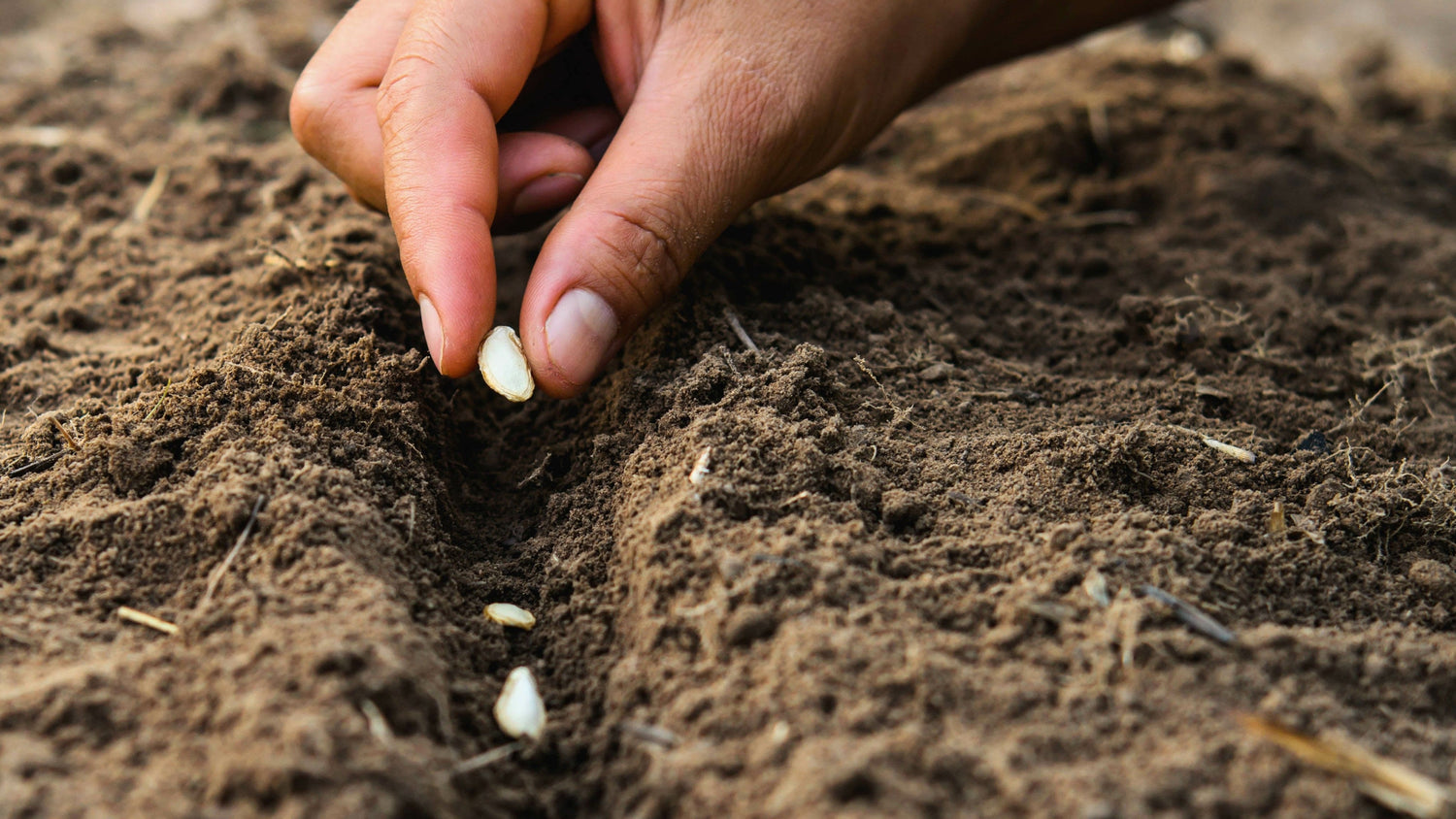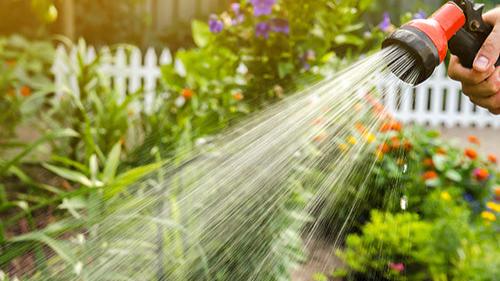Guide Chapters
-
Ground Preparation
-
Sowing
-
Plant Care
-
Harvesting
Your cart is empty
Continue shopping
7 minutes Read Time
When to Sow: Late February - Early May
 By Pim Dickson
By Pim Dickson

Cabbage grows best in a sunny spot with well-drained, fertile, slightly alkaline soil. If you are unsure of the pH of your soil, you should use a soil test kit to find out before planting. You can then add some garden lime soil conditioner if your soil turns out to be slightly acidic, as this can help to prevent clubroot disease.
Rake your soil to a fine texture, and ensure that all weeds have been removed before planting.
It’s important not to plant your cabbages where you’ve planted them or any other brassica plants in previous years, as this could lead to diseases, pests, or nutrient depletion becoming problems.

Different types of cabbage should be grown according to the time when they crop. Below are the best times for sowing and transplanting per type:
Spring cabbage: Sow in July/August; transplant in September/October.
Summer cabbage: Sow from late February/early March (under cloches or similar cover) until early May; transplant in May/June.
Autumn and winter cabbage: Sow in April/May; transplant in late June/July.
Cabbage is often sown indoors, as it can take up a large amount of space in prime growing season while slowly growing, which you may prefer to reserve for other plants. Sow them ¾in (2cm) deep in modular trays, transplanting outside after around five weeks.
Alternatively, you can sow them outdoors and then transplant them to their final position. If doing so, you should sow thinly a half-inch (13mm) deep in a seed bed in rows 6in (15cm) apart. Then, thin them to 3in (7.5cm) apart.
Transplant your cabbages to their growing position when plants have five or six true leaves, setting the lowest leaves at ground level. Before doing so, you should harden your plants off, gradually exposing them to outdoor conditions for one to two weeks. Water well the day before moving, firm in well after transplanting and 'puddle' in the plants with plenty of water.
Different varieties of cabbage may require different spacing requirements, so be sure to check the seed packet before planting. Generally, you should plant compact varieties 1ft (30cm) apart, while planting larger varieties up to 18in (45cm) apart.
If planting spring cabbages, you should space them just 4in (10cm) apart in rows 1ft (30cm) apart. Then, thin to 1ft (30cm) apart in late February or March and use thinnings as spring greens.
Cabbages are best grown in the ground, though they can also be grown in containers if limited on space. Choose a compact variety, and grow them in deep and large containers with compost. A good rule of thumb is to grow around three in a 20in (50cm) pot. Otherwise, you can follow all of the same advice found in this guide to grow them.

Be sure to keep your cabbage plants well-watered, ensuring the soil is always kept moist. This is especially important during their earlier stages and when their heads begin to form. However, bear in mind not to waterlog them, as this could lead to the development of diseases.
It's important to keep cabbages free of weeds to prevent competition for nutrients. This can be done either by hand or with a weed control tool, such as a hoe.
Mulching helps to prevent weeds from forming as well as keeping the soil moist, so is a worthwhile step. This is best done with organic matter, such as garden compost or well-rotted manure.
Cabbages are heavy feeders and benefit from being fed with a nitrogen-rich fertiliser, such as our sulphate of ammonia nitrogen fertiliser. This will encourage strong and healthy growth. The ideal time to feed them is before they form hearts in their final position. Additionally, spring cabbages benefit when fed in early spring.

Cabbage will generally be ready to harvest between four and six months from the point you sow them. You can harvest them once they form a firm head that has reached the size you would prefer. Mature cabbages can be left for several weeks, but should be checked on regularly as they can decay.
Cabbage is harvested by cutting through the stem at ground level with a sharp knife. Cut a half-inch (13mm) deep cross in the stump of spring and summer cabbages, and you'll be rewarded with a second crop of much smaller cabbages.
Storage will depend on what cabbage varieties you have grown. Many varieties are best eaten fresh but can be kept in the fridge for a week. On the other hand, some winter cabbages can be stored for many months in a cool, dry place.

Plant Expert
When Pim joined D.T. Brown, it was originally as a seed buyer, but now as our planting & sowing expert, he’s responsible for all horticultural and technical content, sharing his expertise in this catalogue, and through the growing advice and tips on our seed packets.
Leave a comment
All comments are moderated before being published.
This site is protected by hCaptcha and the hCaptcha Privacy Policy and Terms of Service apply.